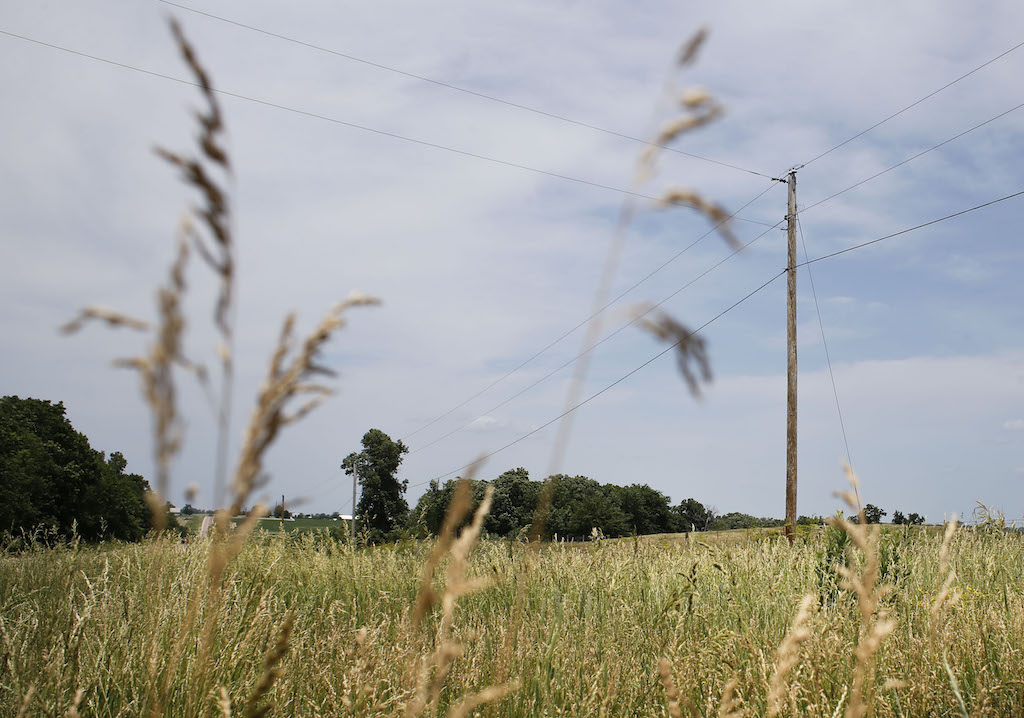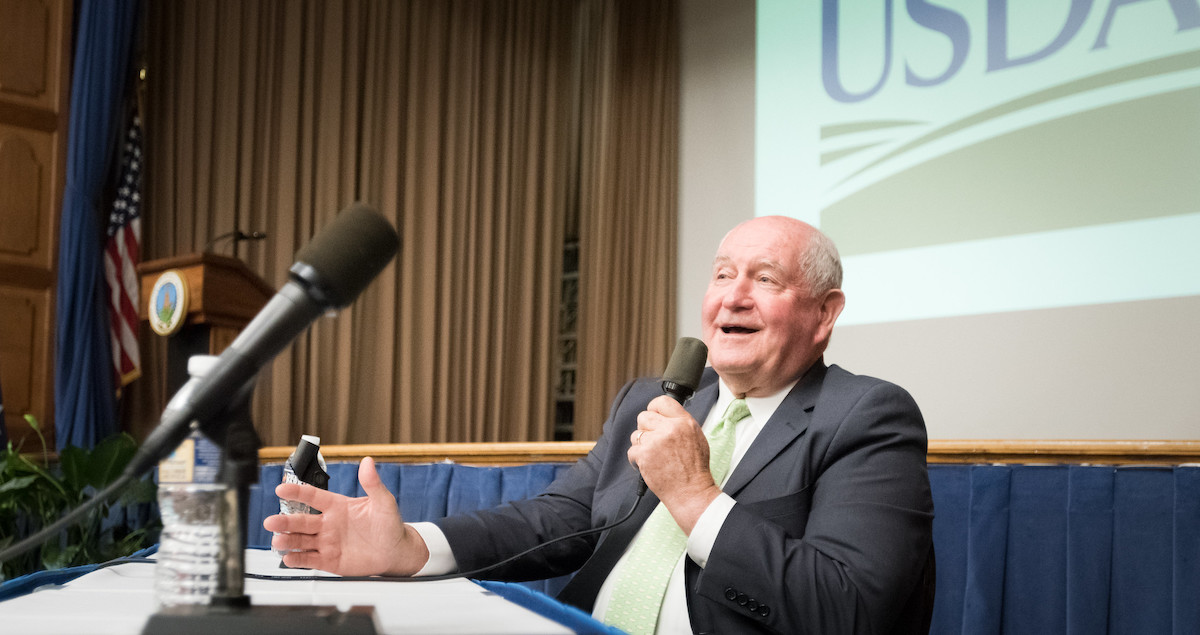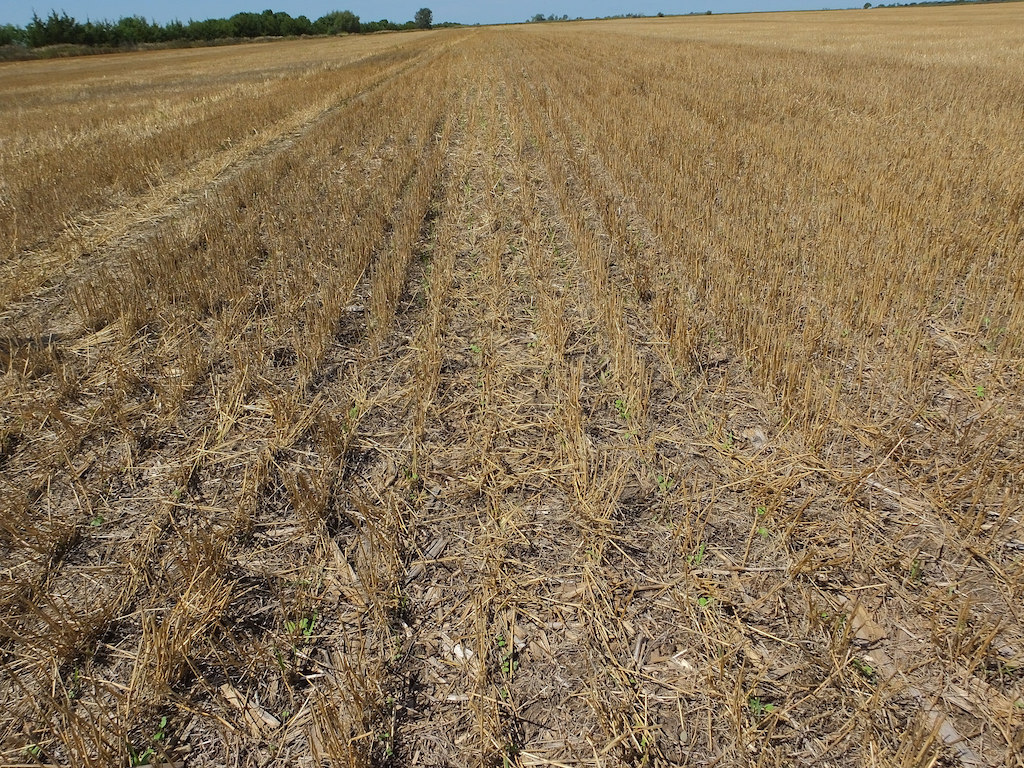
iStock / kynny
Last week was a big one for rural broadband. On Tuesday, the nearly trillion-dollar farm bill passed the House and Senate. The five-year spending bill expanded the United States Department of Agriculture’s (USDA) budget for broadband funding, directed the Federal Communications Commission (FCC) to focus on boosting farmland connections, and bolstered program coordination between federal agencies.
Then, on Thursday, USDA Secretary Sonny Perdue formally introduced that funding in the form of a $600-million pilot program called ReConnect. The program supplies only a fraction of the billions of dollars that other agencies, such as FCC, award to fund broadband deployment across the country, but it’s higher quality, offering a combination of grants and low-interest loans to deliver download speeds of at least 25 megabits per second (mbps)—the oft-challenged broadband standard—to rural towns and communities of under 20,000 people.
(The program, which also prioritizes applications that serve more farms, businesses, health care facilities, schools, and community anchors, will begin accepting applications on February 22, 2019, with specific deadlines through June 28.)
That’s not unusual. But this is: Information regarding that area of overlap—in other words, the area that an incumbent provider says it already covers—is exempt from Freedom of Information Act (FOIA) disclosure, according to the bill. That means a prospective provider could lose an application but wouldn’t be able to compel the government to share the data behind the rejection.
Telecommunications advocates and consultants I contacted, including Ernesto Falcon, an attorney at the Electronic Frontier Foundation, a non-profit digital rights group, could not recall another example of FOIA exemption for companies submitting coverage maps.
“This provision is a surprise,” he said.
What’s the value in preventing the public from seeing where service providers claim they already have coverage? I contacted several lobbies representing companies that have pursued or received federal funding for rural broadband to find out.
Other companies I contacted to ask how the provision benefits or harms their members—including the National Rural Electric Cooperative Association; NTCA, The Rural Broadband Association; ITTA, The Voice of America’s Broadband Providers; USTelecom; and the American Cable Association—did not offer comment by press time.
An internet company’s service area is generally considered proprietary information, and does not have to be shared with the public. Instead, providers submit information to FCC about the census blocks and tracts where they have advertised coverage to at least one location. As I’ve previously reported, there are major discrepancies between those data and actual coverage on the ground.
“Carriers have always resisted providing address-by-address representation of where they are,” Falcon said. Exempting their overlapping coverage claims from public disclosure “puts the onus on the government, instead of citizen journalists and people who want to take on this issue,” from holding them accountable.
The provision also harms cities or counties who want to create their own public broadband networks. Often, municipalities are sued for “overbuilding” on incumbent turf, and to defend themselves, they rely on coverage data. Without the ability to request those records from USDA, Falcon said, those municipalities may have to undertake costly, time-intensive canvassing and surveying to defend themselves in court.
I contacted Chad Parker, who administers rural broadband programs for the USDA’s Rural Development office, to ask if coverage information would be exempt until funds are awarded, or in perpetuity. Weldon Freeman, a spokesman with USDA’s Rural Development office, declined to elaborate, or comment at all, saying in a voicemail that “our policy is that we do not comment on legislation that is proposed, passed or pending,” and directed me “to the House and Senate committees that are working on this bill.”










